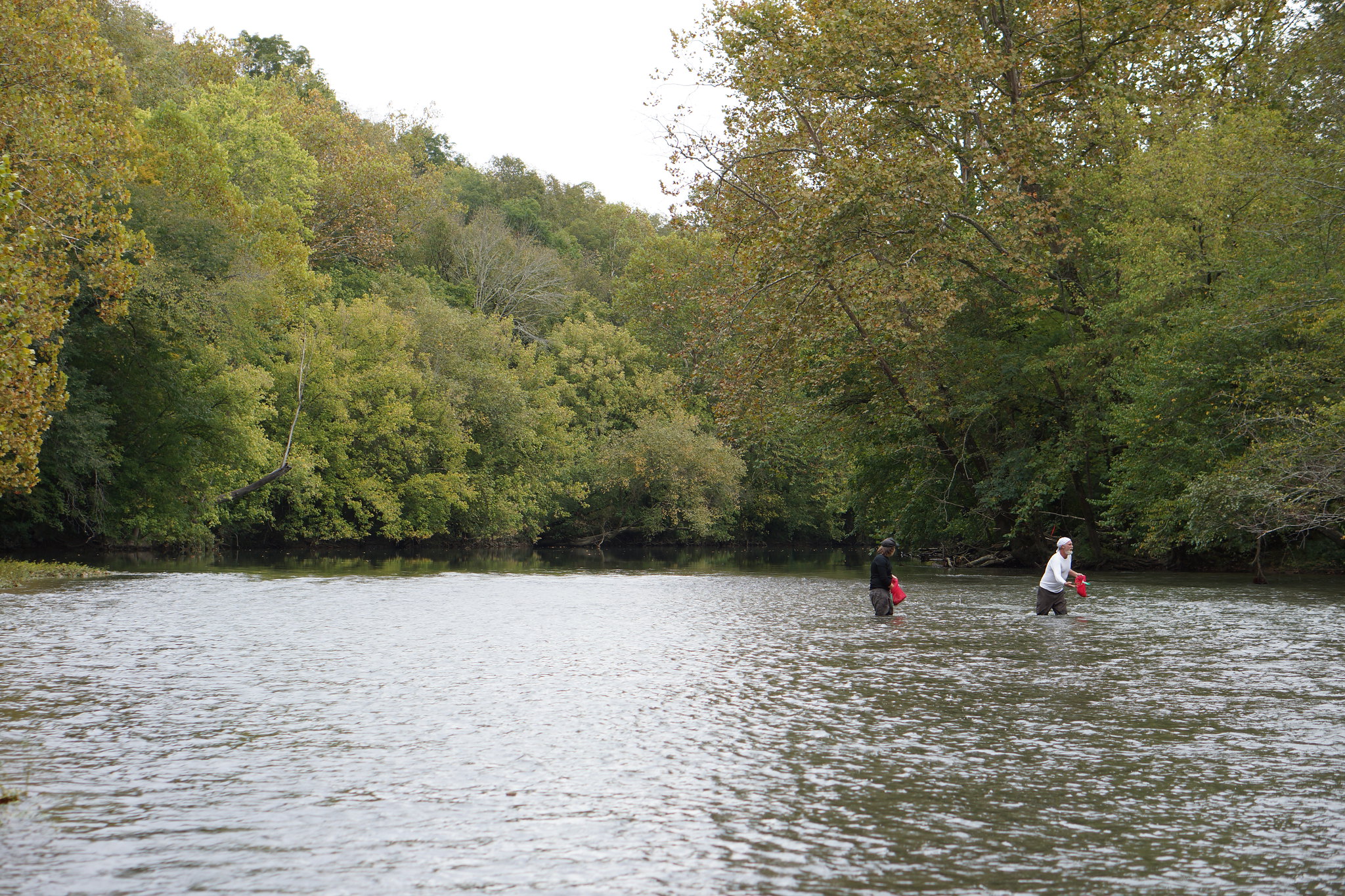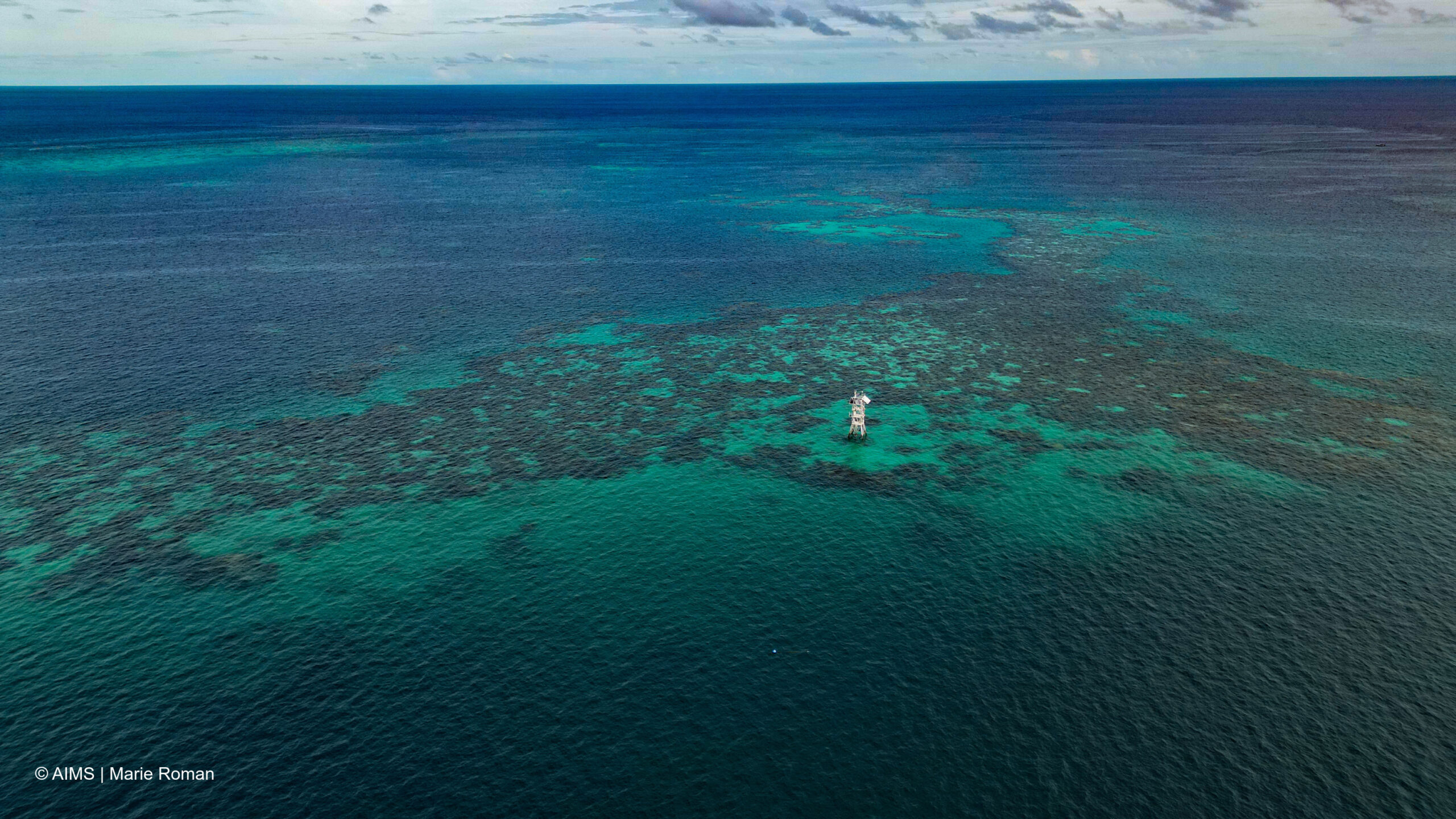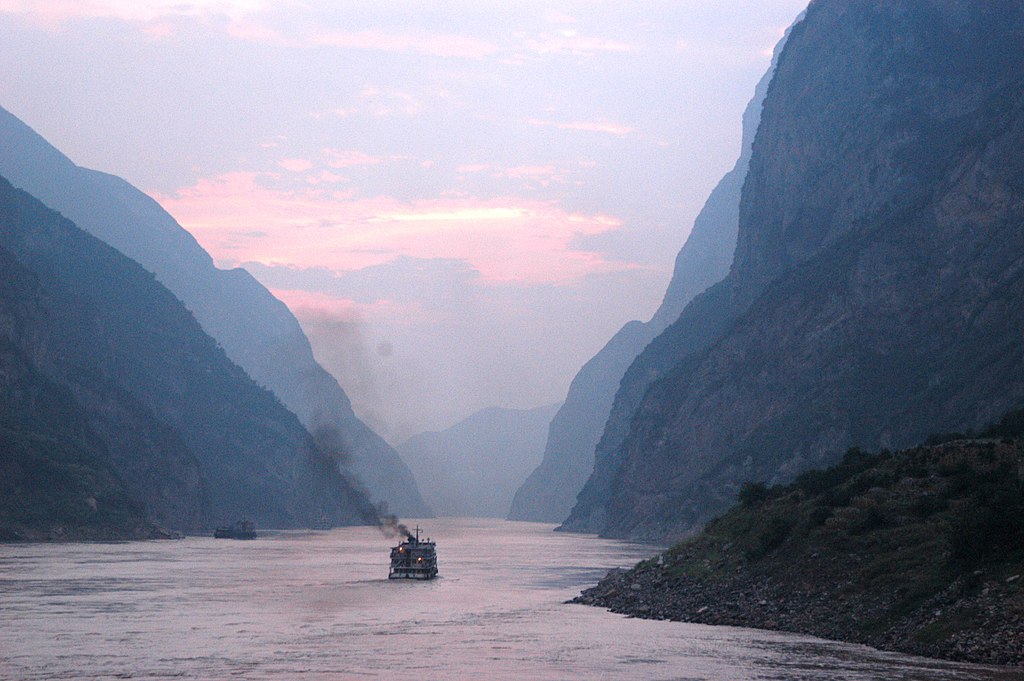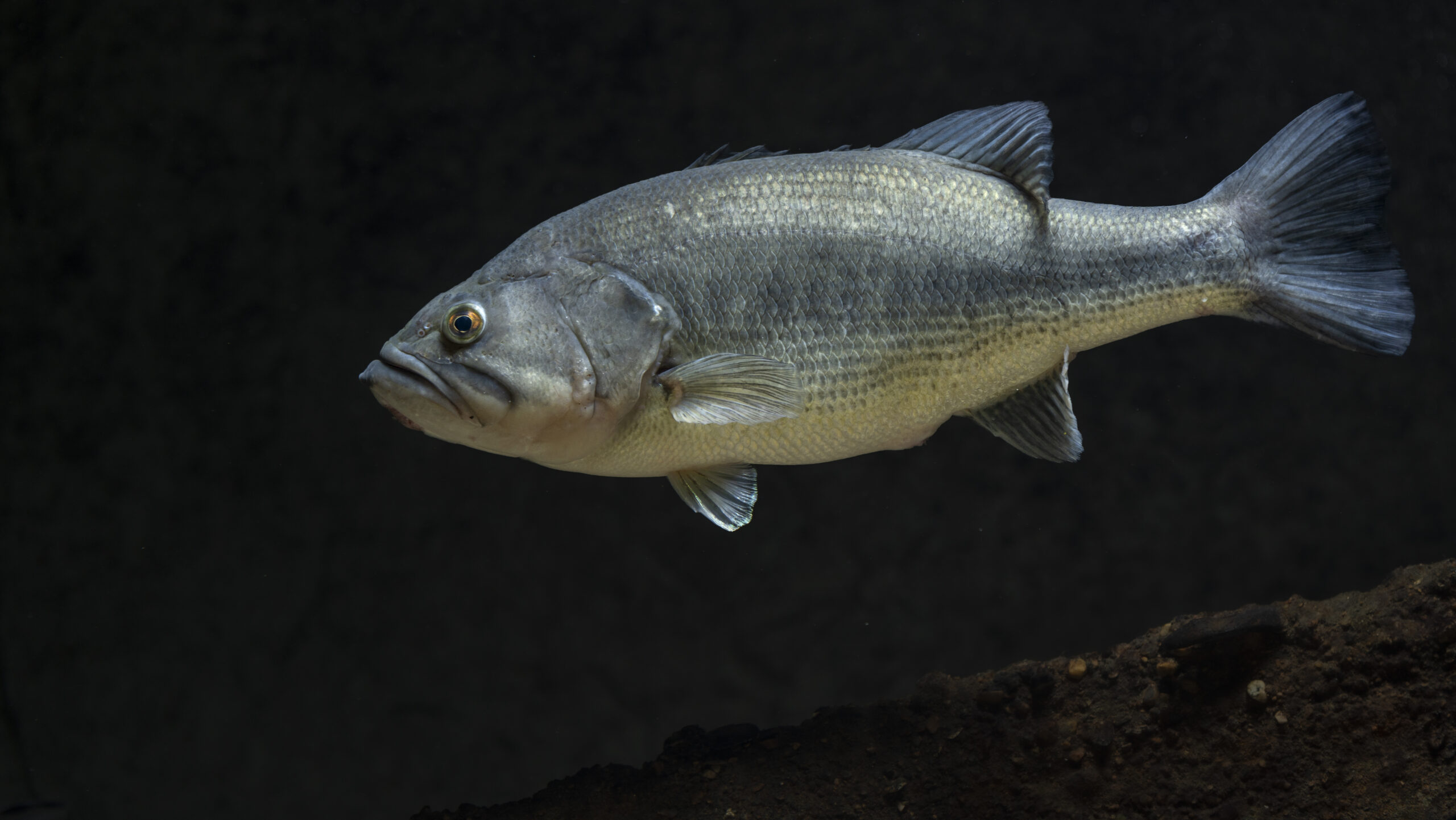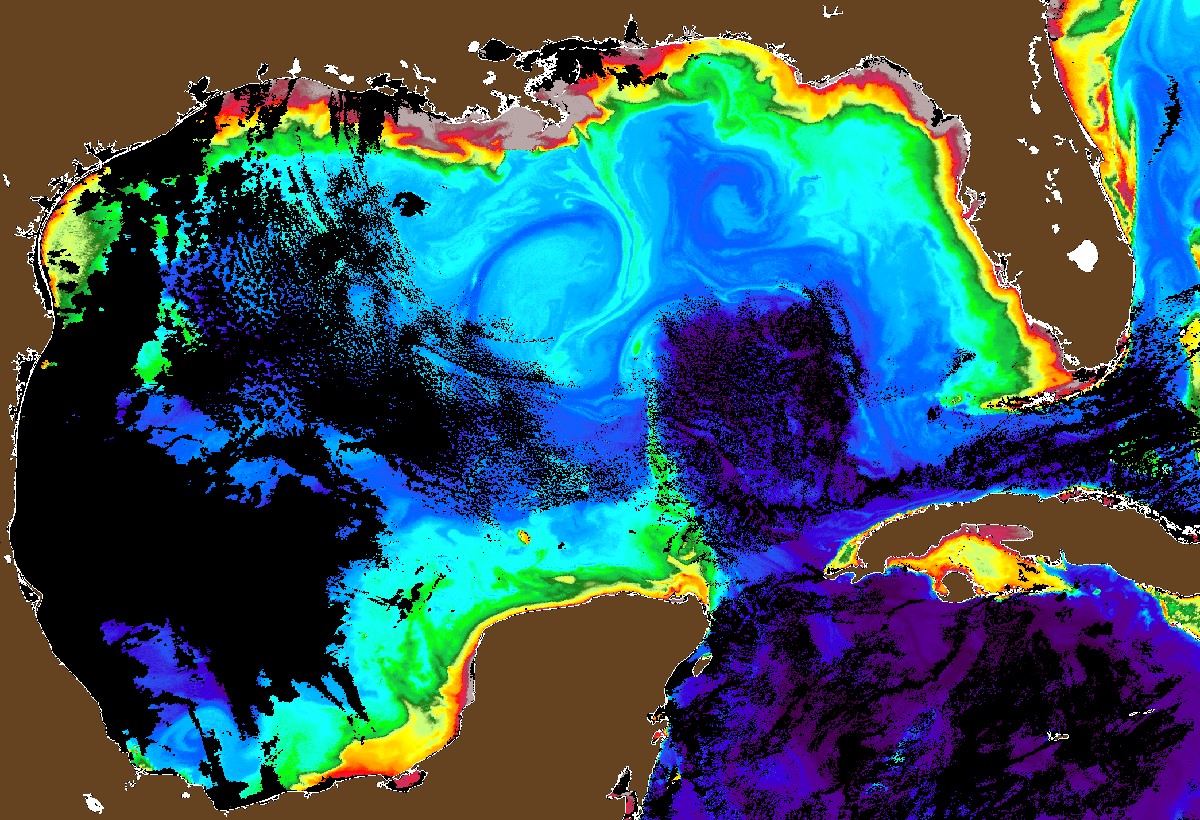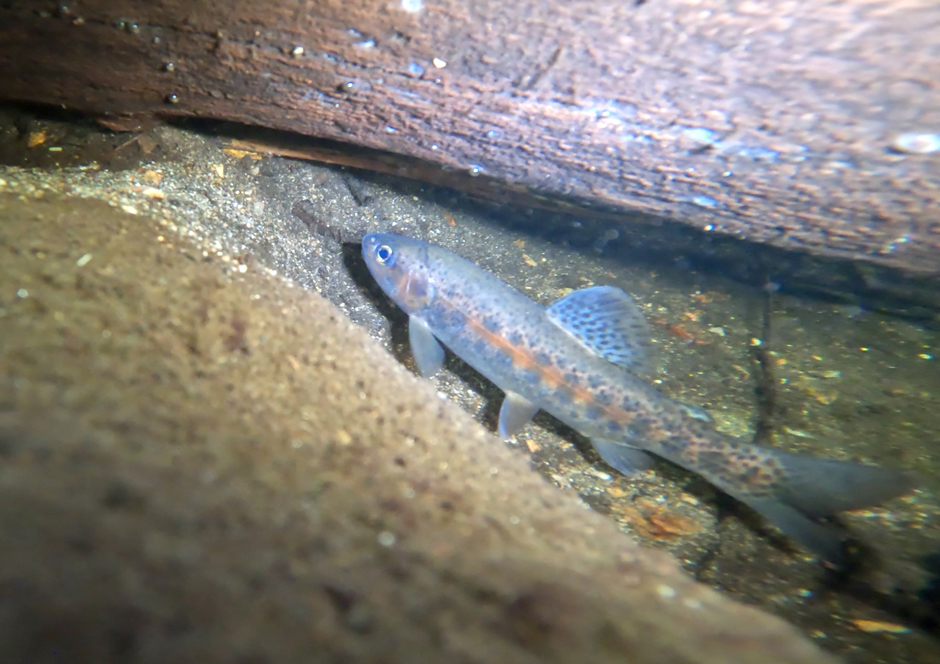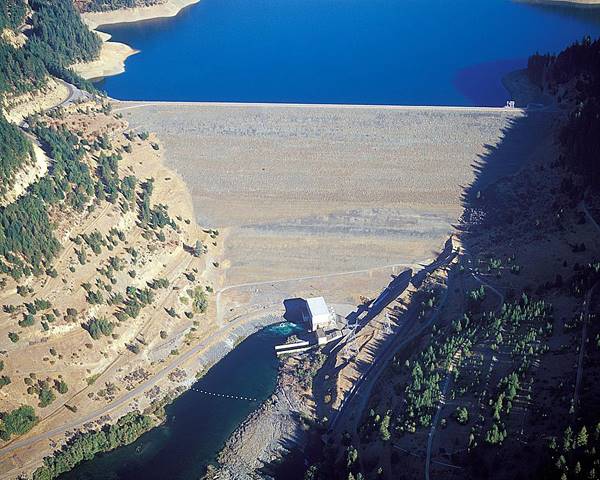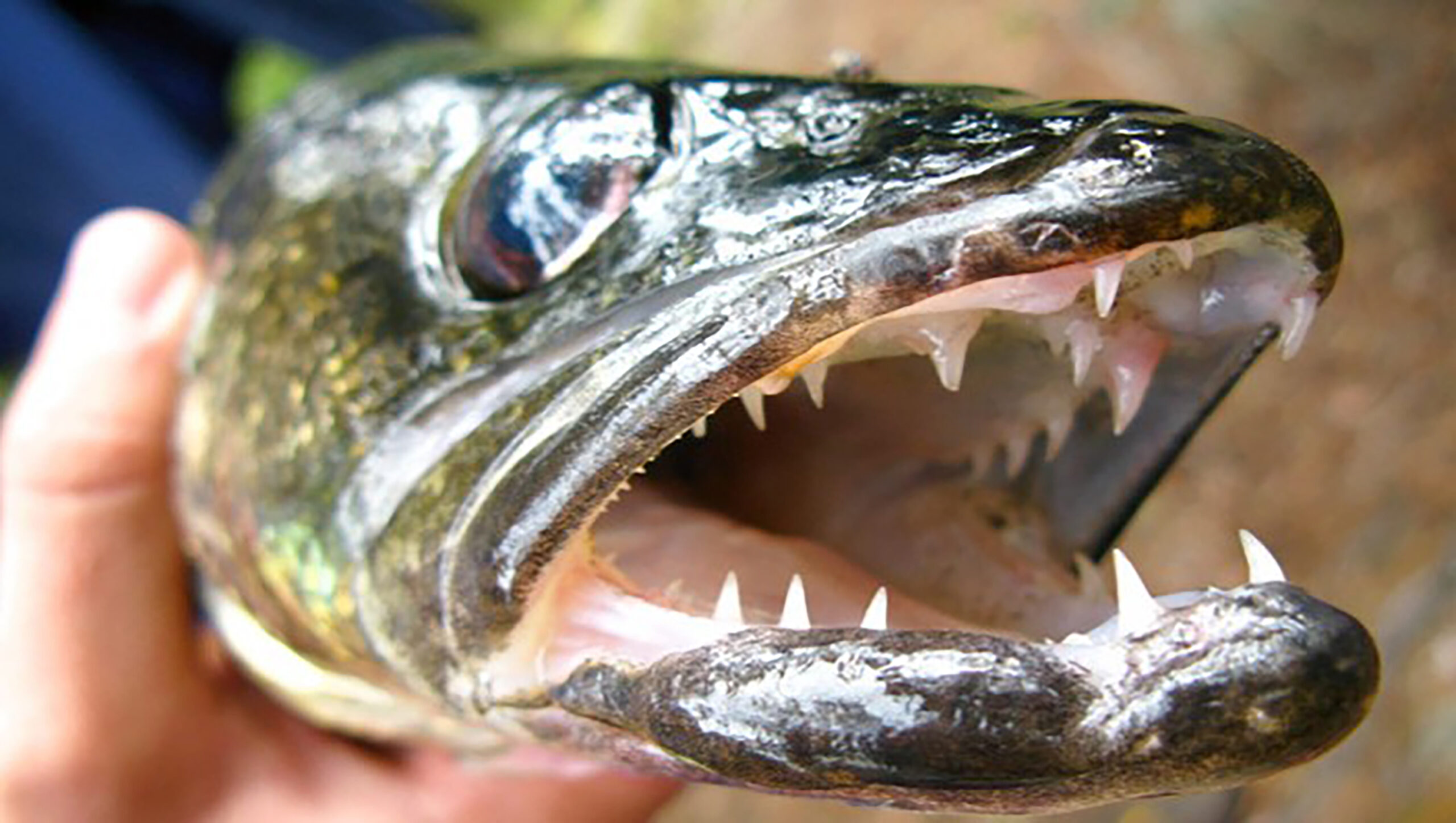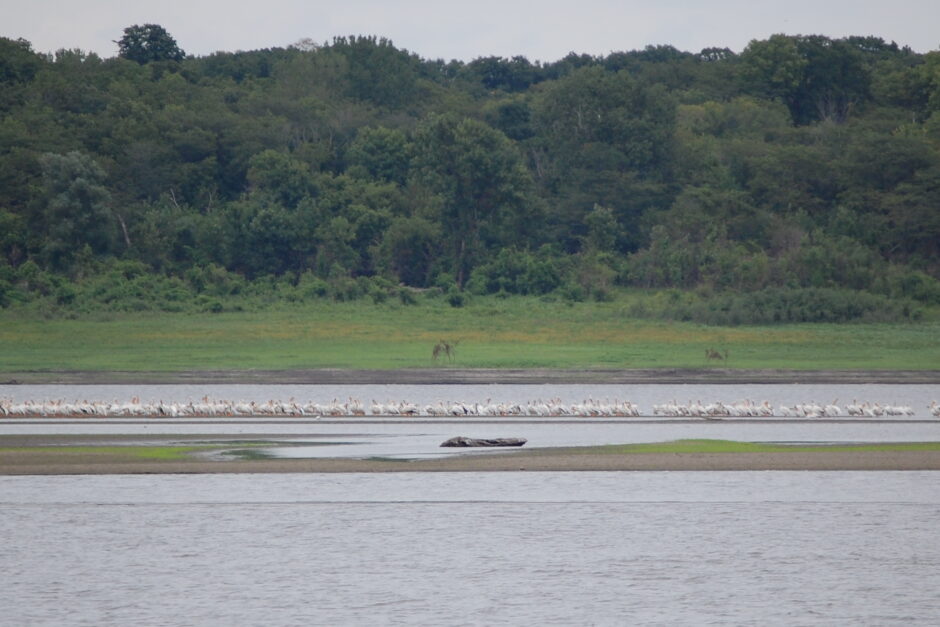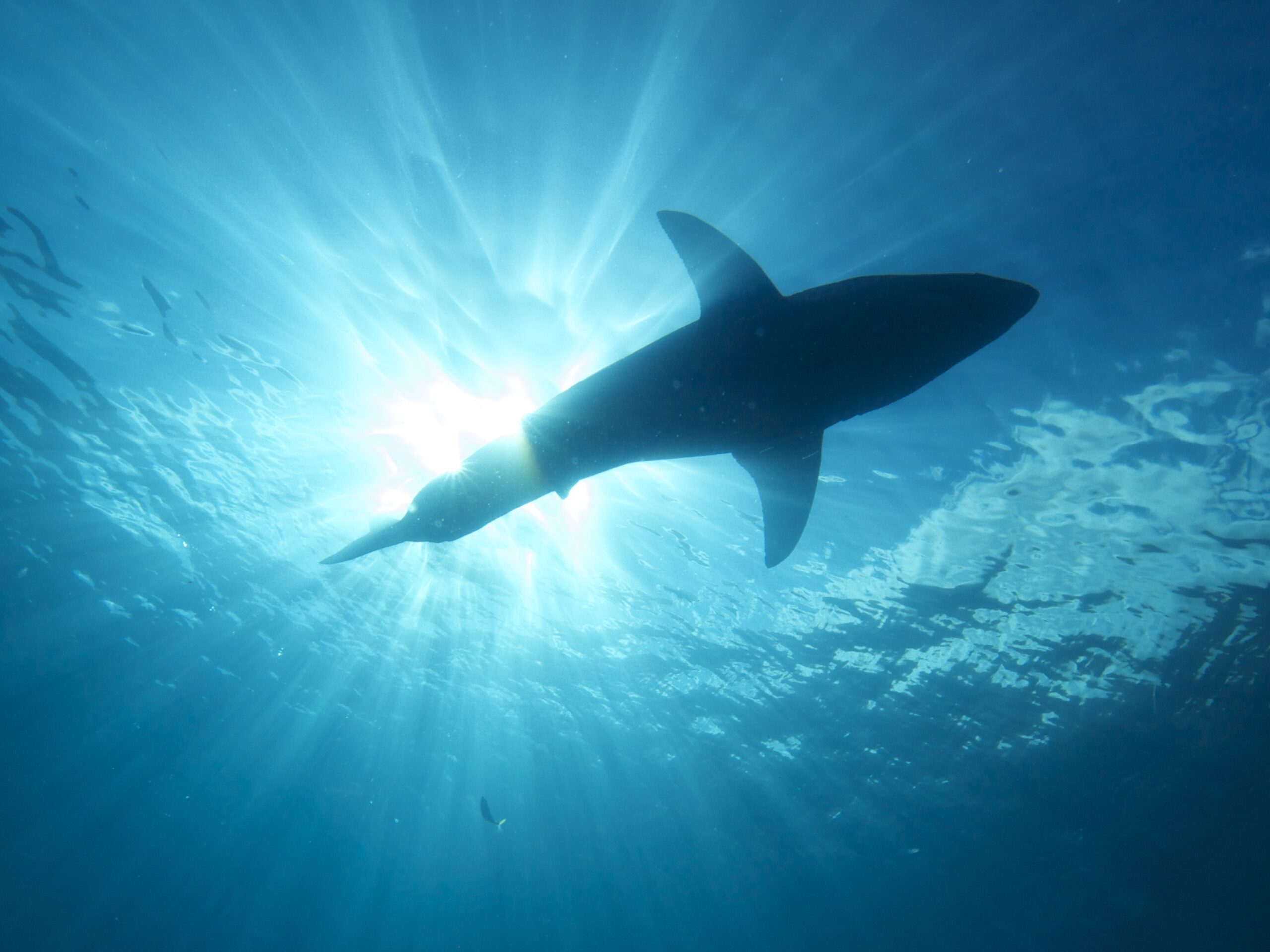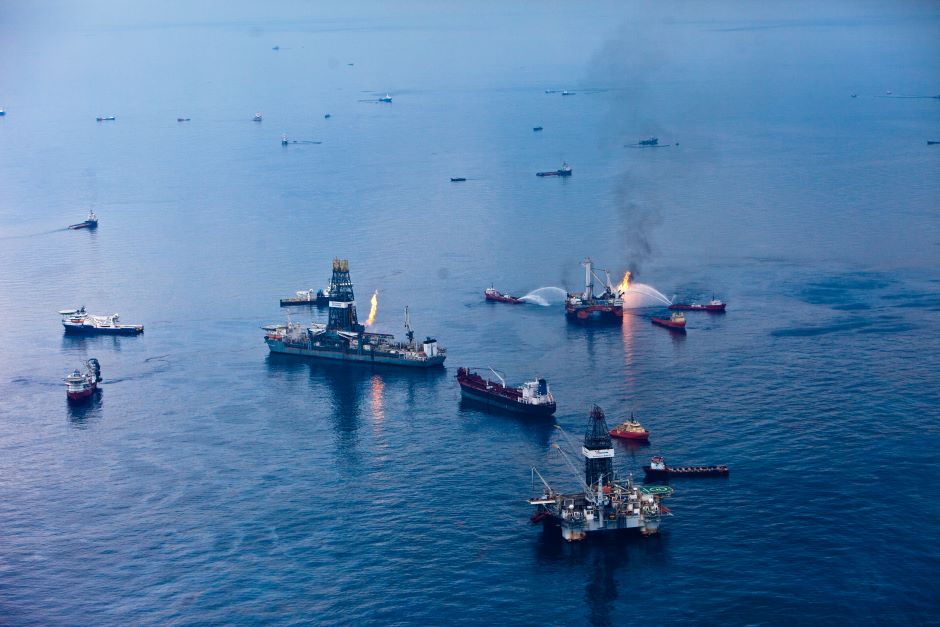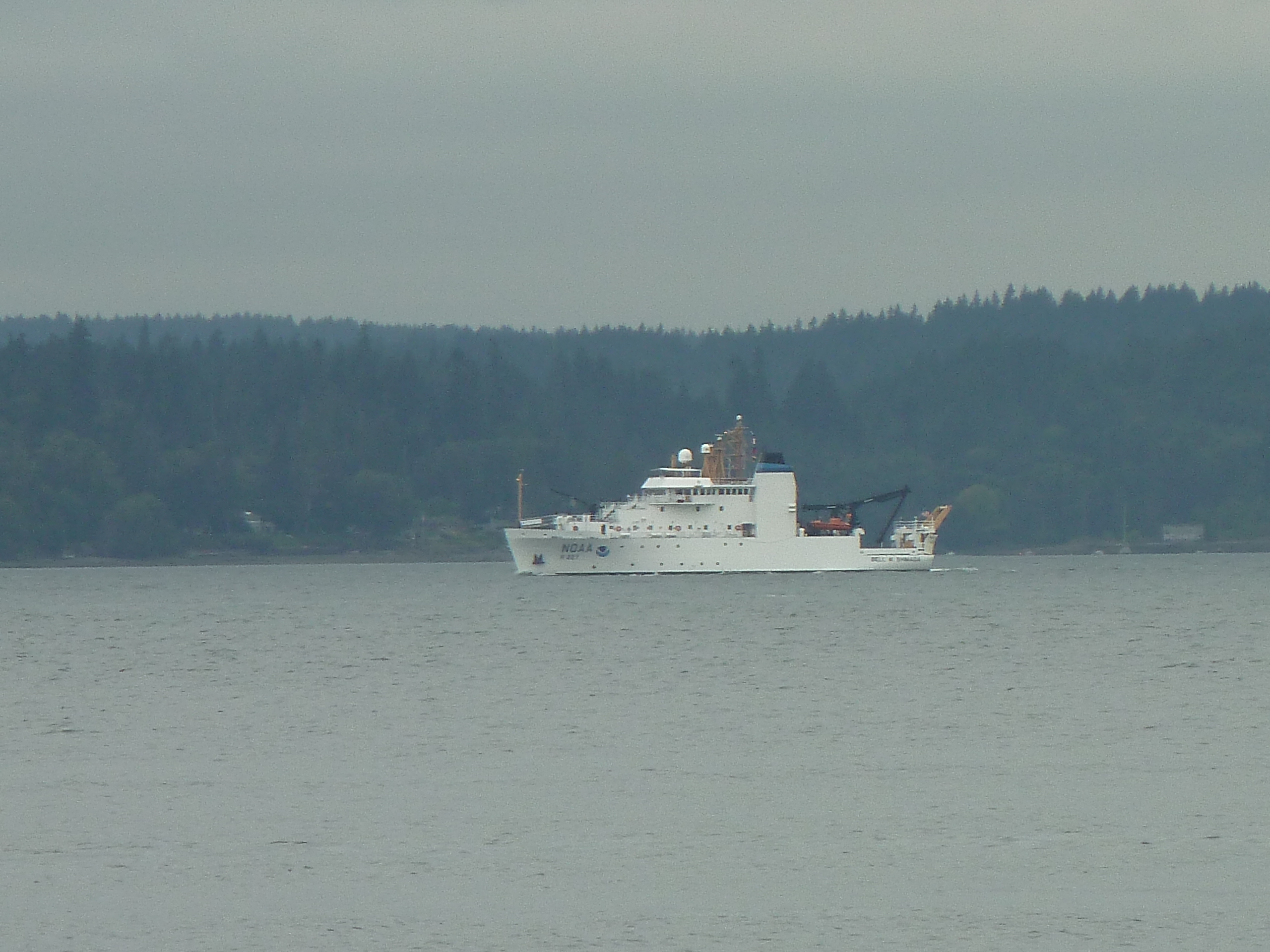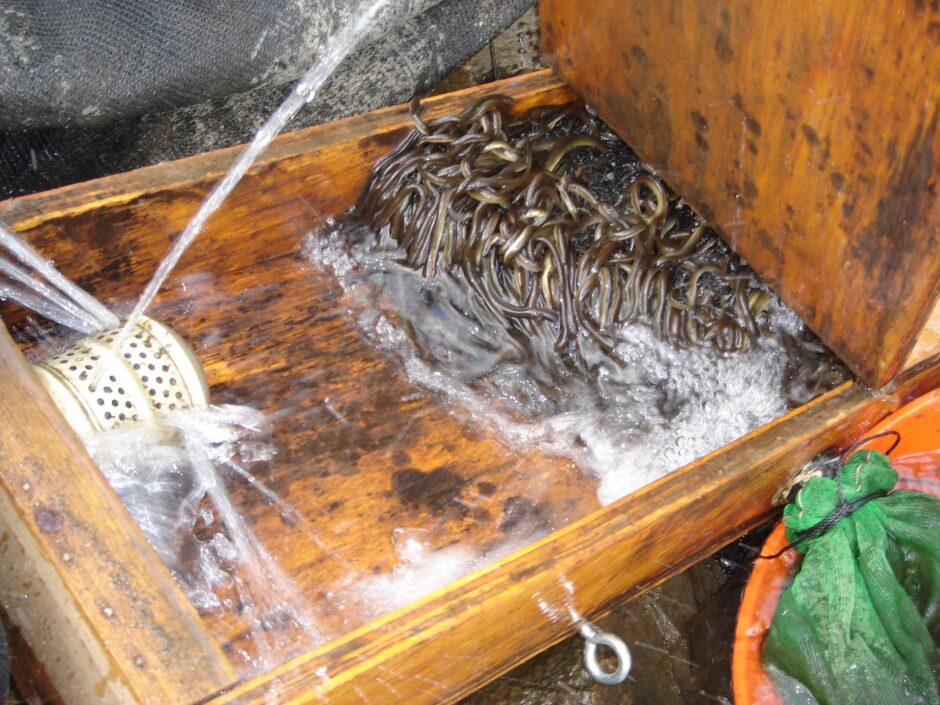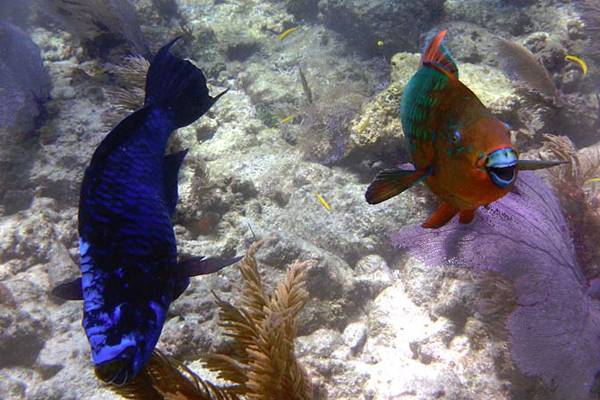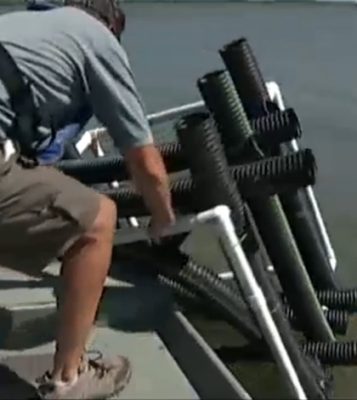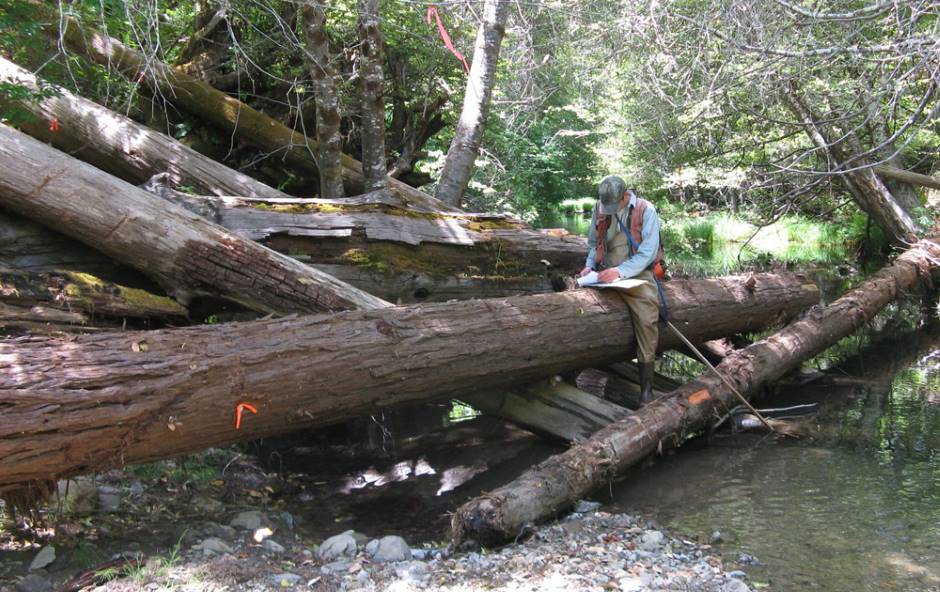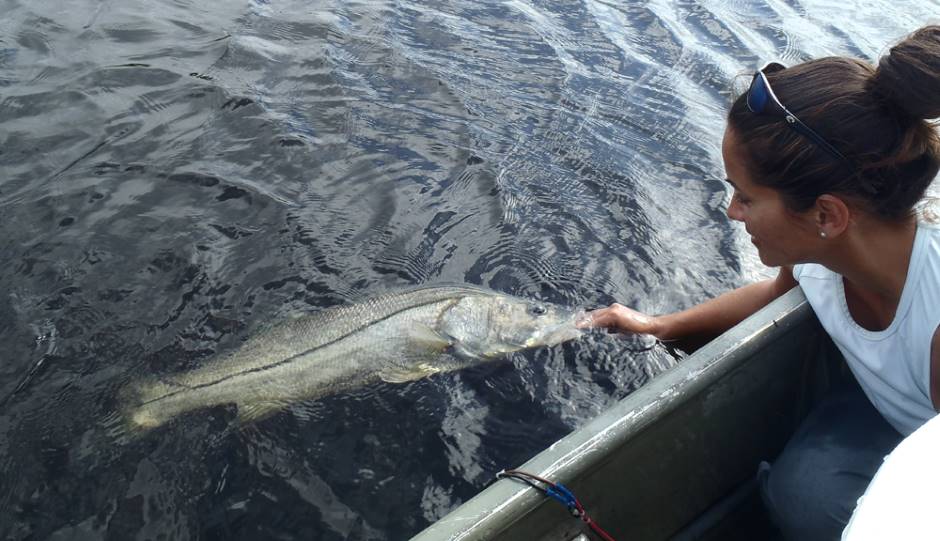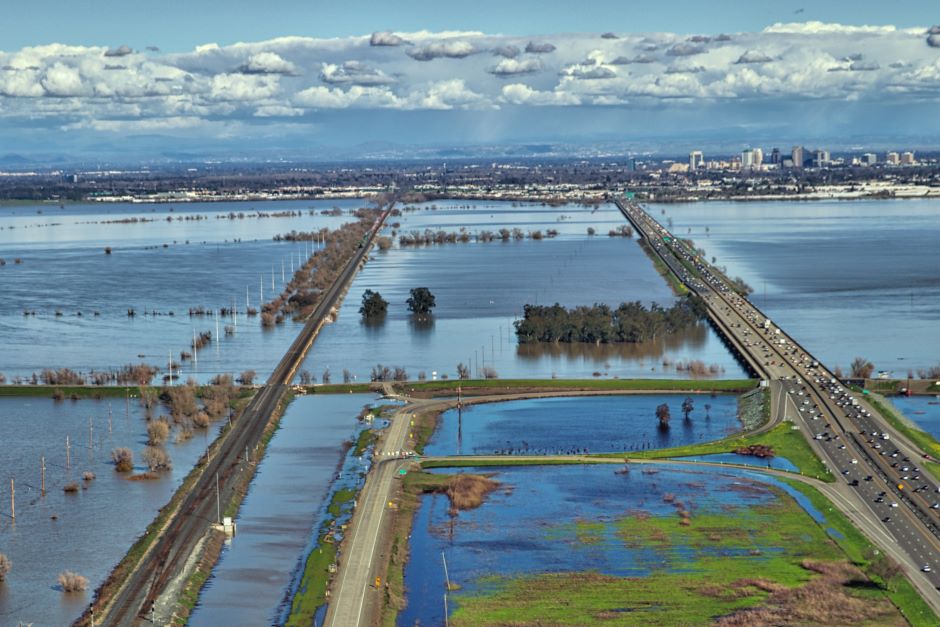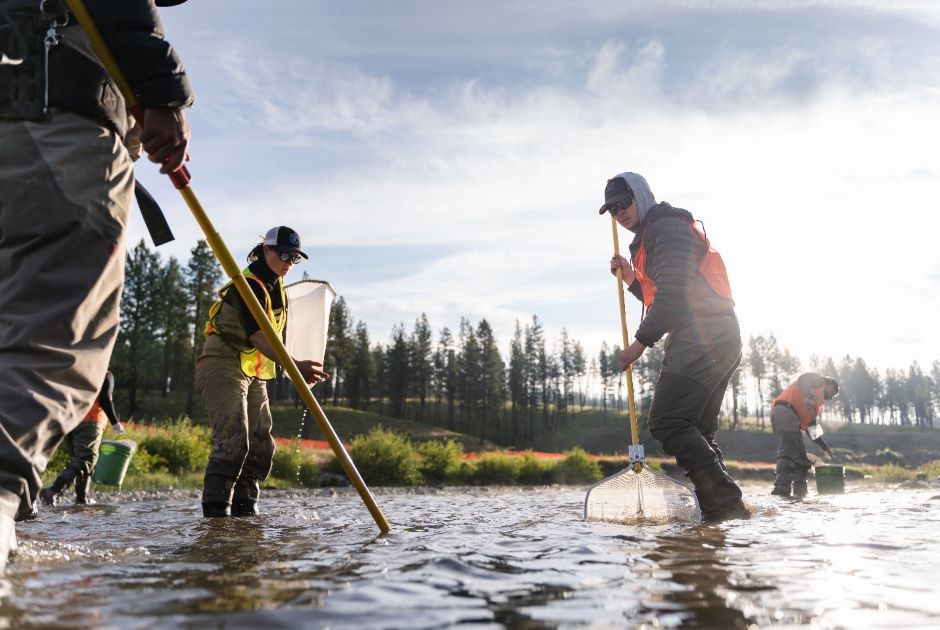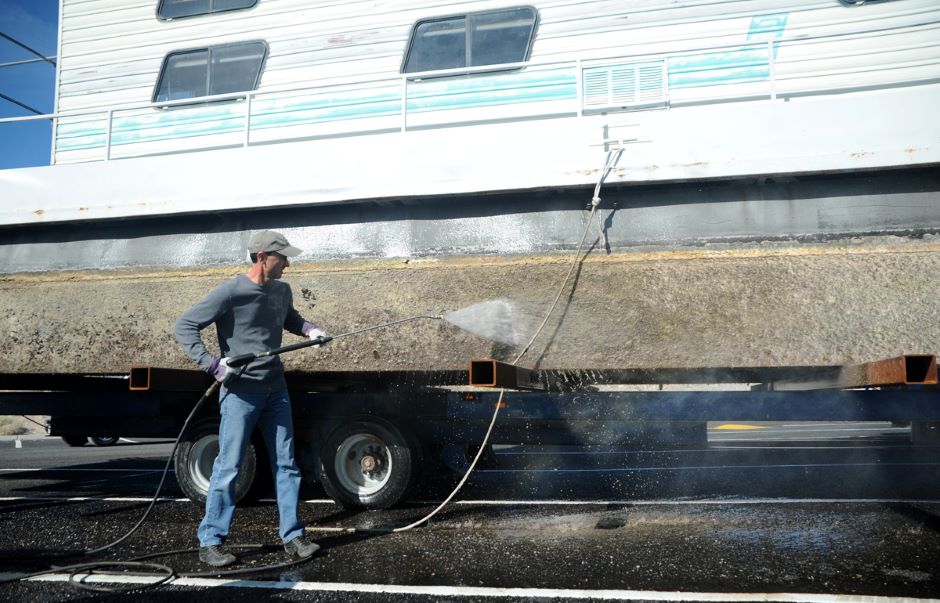Posts for tag "conservation"
Impacts of Thermal Stress on Aquatic Species
Under a rapidly changing climate, aquatic ecosystems are exposed to varying temperature extremes—both cold and hot—leading to thermal stress on aquatic species. As defined by Scient Direct, thermal stress refers to the impact on normal physiological functioning...
- Posted March 31, 2025
Monitoring in the Great Barrier Reef
An international icon and critical marine ecosystem, the Great Barrier Reef is a cornerstone of the region’s economy, biodiversity, culture, and history. However, anthropogenic stressors and climate change have led to some deterioration of areas of the...
- Posted March 24, 2025
Managing Fisheries Within and After Fishing Bans: The 10-Year Fishing Ban in the Yangtze River
Fishing bans are a common regulatory tool used by fishery managers and local officials to restrict the exploitation of a water body and use the time to improve the ecosystem. During a fishing ban, this ecosystem improvement...
- Posted March 10, 2025
Minimizing the Impacts of Predatory Fish Stocking with Habitat Enhancement
While the term “fish stocking” may conjure up images of conservation measures deployed by fishery managers to stock endangered native fish, it can also refer to stocking predatory fish, including non-native species, for the sake of anglers. Even...
- Posted March 3, 2025
Using Satellites to Monitor Fisheries and Improve Sustainability
While there are many methods used to monitor the world’s oceans and lakes, remote sensing technologies like satellites have become more popular for large-scale viewing of water quality, seabed topography, coral reef health, sea surface characteristics and...
- Posted February 24, 2025
What Happens to Fish During Wildfires?
While wildfires’ impact on the land is well-known, their influence on waterways and the aquatic life that reside there is a bit more complex. Beyond initial damages, fish are also uniquely impacted by wildfires in terms of...
- Posted February 10, 2025
Making Dams in California Fish-Friendly
Salmon and other native fish across California are threatened by inhospitable streamflows altered by some of the states thousands of dams. The controversial work of getting flows right for fish can't begin until managers know which dams...
- Posted August 19, 2024
Respecting Walleye Regulations for a Sustainable Fishing Future
Walleye sport fishing highlights the importance of following fishing regulations and sustainable fishing practices.
- Posted July 15, 2024
Improving Iowa Lake Conditions with Restoration Program
Amid the sprawling farm fields that rank Iowa as among the most human-modified landscapes in the world, the state's lake restoration program is among the best in the nation at improving water quality creating more opportunities for...
- Posted July 8, 2024
Shark Conservation in South Florida: Practices and Impacts
When Captain Chris Johnson of SeaSquared Charters takes his clients to his honey hole of a calm, grassy flat somewhere in the Florida Keys, they'll catch as many as 16 sharks in a four-hour trip. Despite the...
- Posted May 20, 2024
Examining Deepwater Horizon: Impacts of Oil Spills on Aquatic Ecosystems
The Deepwater Horizon explosion and subsequent oil spill claimed 11 human lives and countless non-human lives. The infamous spill is just one of several large oil spills in the world’s oceans. Oil spills can have devastating impacts...
- Posted March 25, 2024
NOAA Fisheries’ Annual Review Reveals a Continuous Decline in Overfishing
NOAA Fisheries division conducts annual reviews of the fisheries and assesses the status of various populations of fish stocks.
- Posted September 25, 2023
Eel Conservation in the United States and Europe
When you think of popular angling targets, a whole suite of species likely comes to mind: large- and smallmouth bass, trout and other salmonids, perhaps perch and walleye. But what about the eel?
- Posted September 11, 2023
Understanding the Roles of Native Species in Coral Reef Resilience
Much like other ecosystems, coral reefs are comprised of complex flora and fauna that contribute to the creation and structure of the reef.
- Posted August 14, 2023
Habitat Solutions for Fisheries
Habitats serve multiple functions, and as such, it’s important that installed structures also meet the various needs of fish.
- Posted August 7, 2023
Study Backs Cheaper and More Efficient Habitat Solutions for Coho Salmon
A 2014 study supports an emerging method to improve habitat conditions for salmon more quickly and cheaply than traditional projects.
- Posted July 24, 2023
Understanding Snook Production in the Everglades
While snook are considered ecologically significant and a prized catch, much is still unknown about the species production in the Everglades.
- Posted June 26, 2023
Making California’s Yolo Bypass Salmon-Friendly
California is working hard to make the state's Yolo Bypass salmon-friendly by creating a 30,000-acre nursery in the surrounding floodplain.
- Posted January 30, 2023
Trout Unlimited’s TroutBlitz Catalogs Fish Across North America
Trout Unlimited's 2014 TroutBlitz initiative continues to catalog wild and native trout across North America through citizen science efforts.
- Posted November 2, 2022
How Boat Checks Play a Role in Aquatic Invasive Species Control
Anyone who studies aquatic invasive species (AIS) will say that one of the most common ways these invaders have been able to spread so rapidly and effectively has been improper boat maintenance. While natural travel patterns certainly...
- Posted October 19, 2022

